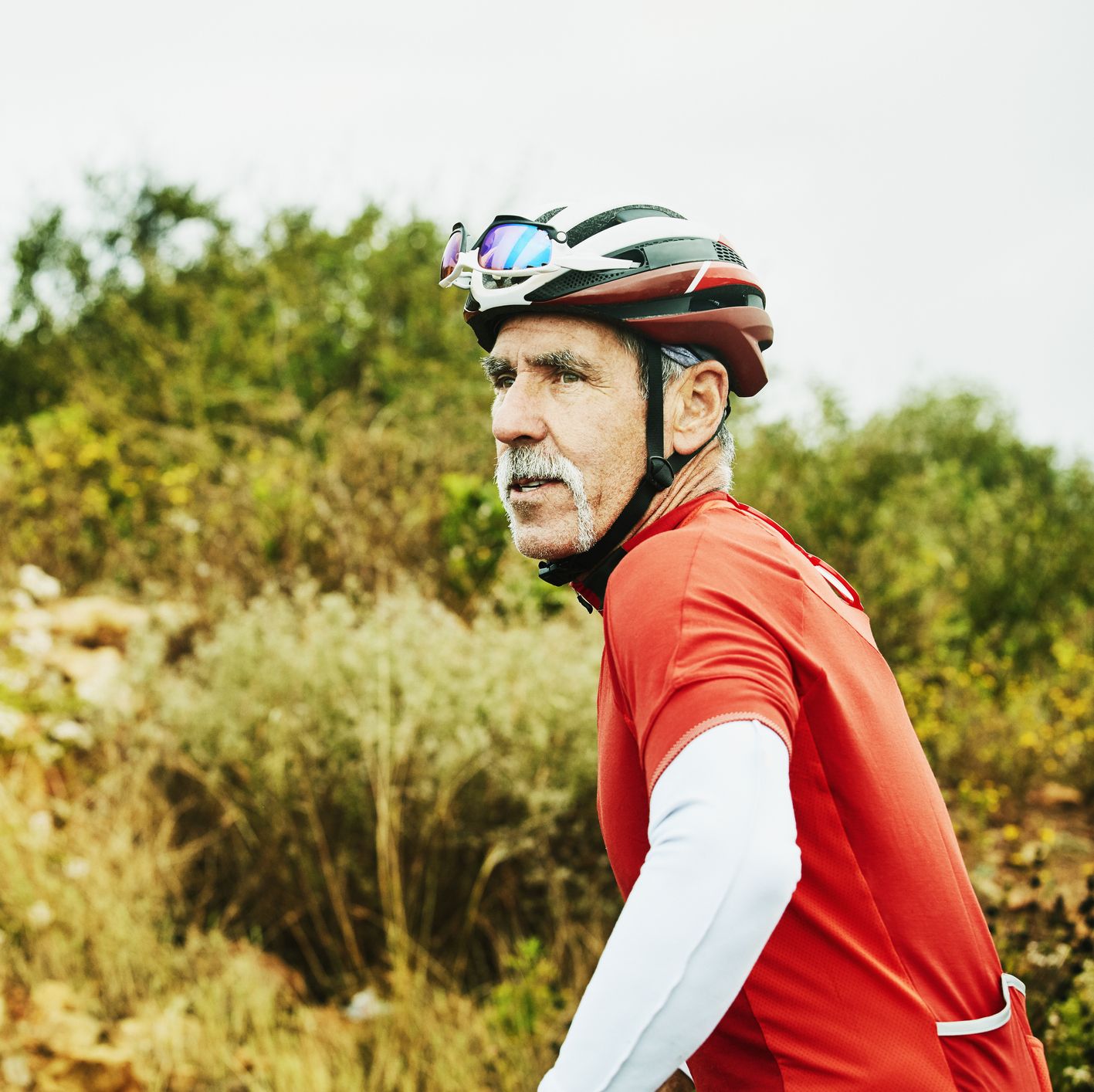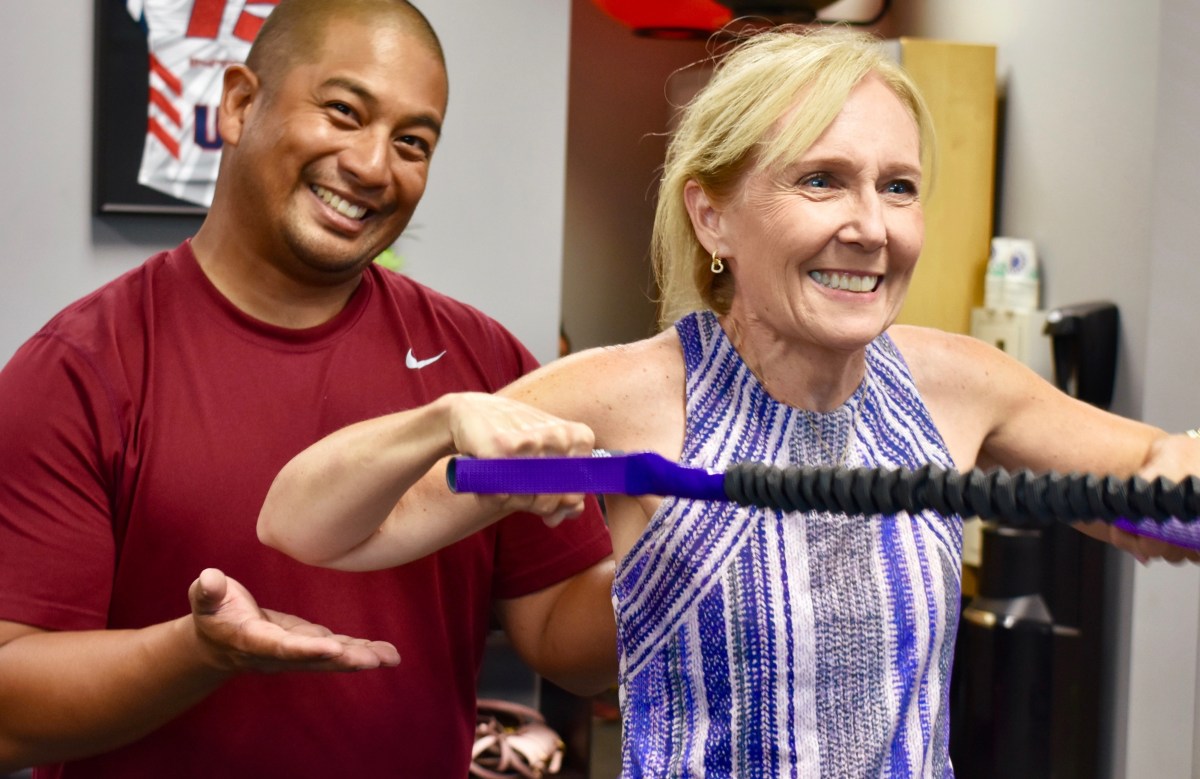Key Takeaways
Regular cycling can significantly improve cardiovascular health in seniors.
Choosing the right bike and creating a tailored cycling schedule are essential for a safe and enjoyable experience.
Gradual increases in cycling distance and difficulty help build endurance and strength.
Joining a community of senior cyclists offers social benefits and additional safety.
Understanding and adhering to safety tips is crucial to prevent injuries while cycling.
Why Biking is a Heart-Healthy Adventure for Seniors
Imagine the wind in your hair, the sun on your face, and the rhythmic sound of wheels on pavement. Biking isn’t just a way to get around—it’s a gateway to a healthier heart, especially for seniors. Why? Because engaging in regular cycling is like giving your heart a joyride. It’s a fun, low-impact exercise that can make a big difference in your cardiovascular health. Let’s dive into how biking can keep your ticker in top shape.

“Seniors who Shred’ highlights B.C …” from www.saanichnews.com and used with no modifications.
How Regular Cycling Benefits Your Heart
When you pedal, you’re not just moving your bike—you’re giving your heart a workout. Cycling is an aerobic activity that increases your heart rate, improving the flow of blood and oxygen throughout your body. This means your heart muscles get stronger, and the risk of heart disease plummets. In fact, studies suggest that cycling can lower the risk of heart disease by a whopping 50%. That’s because:
It helps lower high blood pressure, a major risk factor for heart disease.
It aids in maintaining a healthy weight, reducing the strain on your heart.
It boosts high-density lipoprotein (HDL) cholesterol, the “good” kind, and decreases unhealthy triglycerides.
This trifecta is a powerful shield against heart ailments. But that’s not all—cycling also helps regulate blood sugar levels, which can prevent or control diabetes, a condition that often goes hand-in-hand with heart issues.
The Science of Pedaling Past Cardiovascular Disease
It’s not just anecdotal evidence that sings praises for cycling; there’s solid science backing it up. A study published in the American Heart Association’s journal found that older adults who regularly cycle have a 15% lower risk of heart disease than those who don’t. Another study indicated that people who bike to work are less likely to develop high blood pressure.
Therefore, integrating cycling into your routine can be one of the most beneficial decisions for your heart health as you age. And the beauty of it? You can start at any fitness level and see improvements over time.
Getting into Gear: Starting a Senior Biking Regimen
Ready to ride your way to a healthier heart? First, you’ll need to find the right bike. Comfort is key, especially for seniors who may have concerns about balance and joint pain.
Finding the Right Bike for Comfort and Safety
The perfect bike for you should have: customized comfort features for seniors.
A comfortable seat: Look for one that’s cushioned and supports your sit bones.
Easy-to-reach handlebars: This prevents strain on your back, neck, and shoulders.
Low standover height: A bike that’s easy to mount and dismount is crucial for safety.
Don’t forget to also consider the type of biking you want to do. A road bike is great for smooth pavements and longer rides, while a mountain bike is better suited for trails and rough terrain.

Creating a Cycling Schedule That Fits Your Lifestyle
Consistency is important, but so is listening to your body. Start with shorter, more frequent rides to build up your endurance. Aim for at least 150 minutes of moderate-intensity cycling per week, as recommended by health experts. This could look like:
30 minutes of cycling, 5 days a week.
Breaking it down into shorter, 10-minute rides throughout the day.
Increasing duration as your stamina improves.
Remember, it’s not about speed—it’s about keeping your heart rate up and enjoying the ride. And always check with your doctor before starting any new exercise regimen.
Most importantly, have fun with it! Cycling should be a joy, not a chore. Find scenic routes, listen to your favorite music, or join a friend to make your rides more enjoyable.
Local Cycling Clubs and Online Groups
While the benefits of biking are clear, the journey is always more enjoyable with company. This is where local cycling clubs and online groups come into play. They offer a sense of community and provide a platform for sharing tips, routes, and experiences. They’re also a great source of motivation and support, especially for seniors who are new to cycling or returning to it after a break.
The Joy of Group Rides: Safety and Companionship
Group rides are not just about the exercise; they’re social events that can enhance your overall well-being. Riding with others can improve your safety on the road through increased visibility and collective knowledge of traffic patterns. Plus, there’s the added benefit of making new friends who share a common interest. You’ll find that cycling with peers can turn a solitary activity into an uplifting social outing.
For example, consider a group like the Silver Spokes, a community of senior cyclists who meet weekly for leisurely rides through local parks. They pair beginners with more experienced riders, ensuring everyone feels confident and included.
Pedal Smart: Safety Tips for Senior Cyclists
As we embrace the joys of cycling, safety remains paramount. It’s crucial to be well-equipped and aware of the best practices to keep rides enjoyable and incident-free. Here are some tips to help you pedal smart.
Firstly, always perform a quick bike check before you head out. Ensure your tires are properly inflated, brakes are working, and the chain is lubricated. A well-maintained bike is a safer bike.
Protective Gear and Awareness on the Road
No matter your age, wearing a helmet is a non-negotiable aspect of cycling. It’s the single most effective way to prevent head injuries in the event of an accident. In addition to a helmet, consider wearing bright, reflective clothing to make yourself more visible to drivers, especially during dawn, dusk, or night rides. For more information on cycling safety and gear, check out this guide on essential gear tips for senior mountain biking.
Be aware of your surroundings and follow the rules of the road. Use hand signals to communicate with drivers and other cyclists, and always ride with traffic, not against it. If you’re riding on a trail, stay to the right to allow faster cyclists to pass safely on the left.
Lastly, consider a mirror attachment for your helmet or handlebars. It will help you keep an eye on what’s happening behind you without having to turn your head, which can be a great asset for maintaining balance and focus.

Understanding Your Body’s Signals to Prevent Injury
As a senior cyclist, it’s vital to listen to your body and recognize when it’s telling you to slow down or take a break. Pushing too hard can lead to overuse injuries, which are more common and harder to recover from as we age. For more detailed guidance, check out this comprehensive senior mountain biking guide.
Stay in tune with how you feel during and after rides. If you experience pain or discomfort, it’s time to rest. It’s better to take a day off than to risk a longer-term setback. And always consult with a healthcare professional if you’re unsure about any symptoms.
Pay attention to joint pain, especially in the knees and hips.
Stay hydrated and nourished to prevent cramps and fatigue.
Adapt your cycling intensity to your body’s response, not the other way around.
Navigating the Ride: Routes and Resources for Seniors
One of the best parts about cycling is exploring new and beautiful landscapes. But before venturing out, it’s important to plan your route. This ensures you’re aware of the terrain, distance, and any potential hazards.
Mapping Safe and Scenic Cycling Routes
When selecting a route, consider the following:
Choose well-lit, well-paved paths with minimal traffic.
Look for flat or gently rolling terrain if you’re just starting out or have joint concerns.
Ensure there are rest spots along the way, like benches or cafes, where you can take breaks.
Local bike shops and cycling clubs often have route maps and can offer recommendations based on your fitness level and interests. Additionally, many parks and recreation departments provide detailed guides to trails and bike-friendly roads in your area.
Apps and Tech for Tracking Progress and Finding Support
In today’s digital age, there’s an abundance of apps and devices that can enhance your cycling experience. From GPS trackers that map your ride and measure distance, to social platforms like Strava, where you can share your achievements and connect with other cyclists, technology can be a powerful ally on your biking journey.
Moreover, wearable tech like heart rate monitors can help you keep track of your exertion levels and ensure you’re cycling within a safe range. Always remember to start slow and gradually build up your endurance.
Fueling Your Ride: Nutrition and Hydration for Senior Cyclists
Just as a bike needs fuel to go the distance, so does your body. Proper nutrition and hydration are essential components of a successful cycling routine, especially for seniors.
Best Foods for Energy and Recovery
Before you ride, fuel up with complex carbohydrates like whole-grain bread, oatmeal, or bananas. These foods provide a steady source of energy that will keep you pedaling. During your ride, you might want a small, easily digestible snack, such as a granola bar or a handful of nuts, to maintain your energy levels.
After cycling, it’s important to replenish your muscles with protein. Foods like yogurt, a turkey sandwich, or a smoothie with protein powder can aid in recovery. And don’t forget to include plenty of fruits and vegetables in your diet to get the vitamins and minerals your body needs to function at its best.
Hydration is equally important. Drink water before, during, and after your ride to stay hydrated. If you’re going on a longer ride, consider bringing an electrolyte drink to replace the salts lost through sweat.
By following these tips and embracing the joy of cycling, you can unlock the door to improved cardiovascular health and a more vibrant, active lifestyle. So, what are you waiting for? Let’s get pedaling!
Just as a bike needs fuel to go the distance, so does your body. Proper nutrition and hydration are essential components of a successful cycling routine, especially for seniors.
Best Foods for Energy and Recovery
Before you ride, fuel up with complex carbohydrates like whole-grain bread, oatmeal, or bananas. These foods provide a steady source of energy that will keep you pedaling. During your ride, you might want a small, easily digestible snack, such as a granola bar or a handful of nuts, to maintain your energy levels.
After cycling, it’s important to replenish your muscles with protein. Foods like yogurt, a turkey sandwich, or a smoothie with protein powder can aid in recovery. And don’t forget to include plenty of fruits and vegetables in your diet to get the vitamins and minerals your body needs to function at its best.
Hydration Strategies Before, During, and After Cycling
Hydration is equally important. Drink water before, during, and after your ride to stay hydrated. If you’re going on a longer ride, consider bringing an electrolyte drink to replace the salts lost through sweat.
Frequently Asked Questions
As we wrap up our exploration into the heart-healthy world of cycling for seniors, let’s address some common questions that may have surfaced along the way.
What Type of Bike is Best for Seniors?
The best bike for a senior is one that offers stability, comfort, and easy handling. Many seniors prefer step-through frames for easier mounting and dismounting, upright handlebars for a relaxed riding position, and wider seats for additional comfort. It’s also important to have a bike with adjustable components to fit your specific body measurements.
How Much Cycling Should Seniors Do Each Week for Health Benefits?
Health experts recommend seniors engage in at least 150 minutes of moderate-intensity aerobic activity per week. This can be achieved through cycling for 30 minutes a day, five days a week. However, it’s essential to start slowly and gradually increase the duration and intensity of your rides to match your fitness level.
What Are Some Safety Considerations for Seniors Who Want to Take Up Cycling?
Safety is crucial when cycling, especially for seniors. It’s important to:
Choose the right bike for stability and comfort.
Wear a properly fitted helmet and visible clothing.
Understand and follow the rules of the road.
Stay hydrated and take regular breaks.
Listen to your body and avoid pushing too hard.
Can Biking Help With Joint Pain or Arthritis?
Cycling is a low-impact exercise that can help manage and reduce the pain associated with joint issues and arthritis. The circular motion of pedaling helps to lubricate the joints without putting excessive stress on them, which can alleviate discomfort and improve mobility.
Are There Cycling Groups Specifically for Seniors?
Yes, many communities have cycling groups tailored to seniors. These groups provide an opportunity to cycle in a safe, supportive environment. They often organize rides that cater to various fitness levels and emphasize the social aspect of cycling, making it an enjoyable and beneficial activity for older adults.
By following these tips and embracing the joy of cycling, you can unlock the door to improved cardiovascular health and a more vibrant, active lifestyle. So, what are you waiting for? Let’s get pedaling!



Leave a Reply